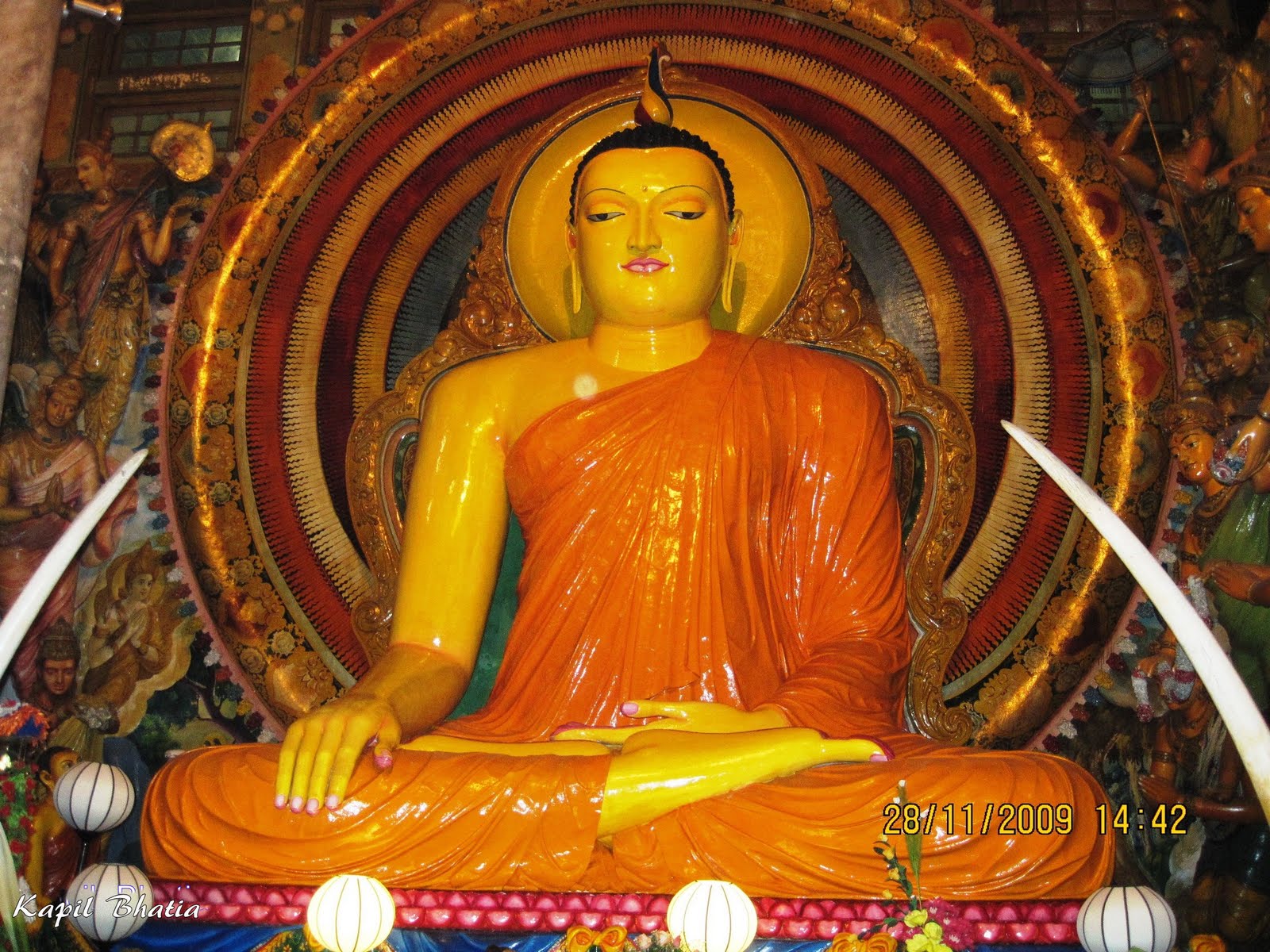In the realm of Buddhist iconography, the Bhumisparsha Mudra stands as a potent symbol of enlightenment, wisdom, and compassion.
Often depicted in sculptures, paintings, and statues of the Buddha, this iconic hand gesture carries profound significance rooted in the teachings of Buddhism. In this article, we embark on a journey to unravel the truths behind the Bhumisparsha Mudra, separating fact from fiction and delving into its rich historical and spiritual context.
Understanding the Bhumisparsha Mudra
The term “Bhumisparsha” originates from Sanskrit, with “Bhumi” translating to “earth” and “sparsha” meaning “touch” or “contact.” Thus, the Bhumisparsha Mudra is commonly referred to as the “earth-touching” gesture. In this Mudra, the Buddha is depicted seated in meditation with his right hand touching the earth, while the left hand rests in his lap.
Myth and Legend: The Story of the Buddha’s Enlightenment
According to Buddhist tradition, the Bhumisparsha Mudra is associated with a pivotal moment in the life of Siddhartha Gautama, the historical Buddha. Legend has it that Siddhartha, on his path to enlightenment, faced numerous trials and temptations, including encounters with Mara, the demon of illusion and desire.
In a moment of profound realization and determination, Siddhartha vowed not to rise from meditation until he attained enlightenment. As Mara attempted to thwart his efforts, Siddhartha remained steadfast, calling upon the earth itself to bear witness to his unwavering resolve. With the Bhumisparsha Mudra, he touched the earth, symbolizing his deep connection to the natural world and his unshakable commitment to truth and liberation.
Symbolism and Spiritual Meaning
The Bhumisparsha Mudra embodies several layers of symbolism and spiritual significance within Buddhist philosophy. Firstly, it represents the Buddha’s triumph over ignorance and delusion, as he transcends the illusions of the material world and attains enlightenment. By touching the earth, the Buddha calls upon the natural elements as witnesses to his awakening, affirming the interconnection between all beings and the universe.
Furthermore, the Bhumisparsha Mudra signifies the transformation of suffering into wisdom and compassion. Just as the earth receives and transforms all things, the Buddha’s enlightenment offers solace and liberation to sentient beings trapped in the cycle of birth, death, and rebirth.
The Meaning of Mudra
In Sanskrit, the word “mudra” translates to “seal” or “gesture.” In the context of Buddhist practice, mudras are symbolic hand gestures used during meditation, rituals, and iconography to evoke specific states of mind or qualities. Each mudra carries its own significance and purpose, ranging from invoking blessings and protection to representing cosmic truths and spiritual principles.
Conclusion: Embracing Truth and Wisdom
The Bhumisparsha Mudra is a symbol of profound spiritual significance that transcends myth and legend. Rooted in the teachings of Buddhism, this iconic gesture serves as a timeless reminder of the Buddha’s enlightenment and his boundless compassion for all beings. By delving into its deeper meanings and historical context, we gain insight into the transformative power of wisdom, truth, and interconnectedness embodied by the Bhumisparsha Mudra.



